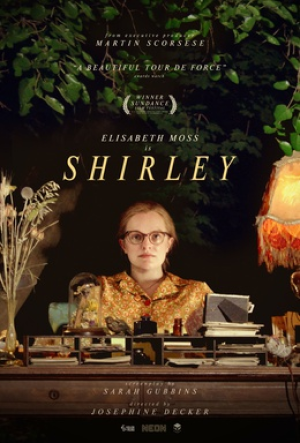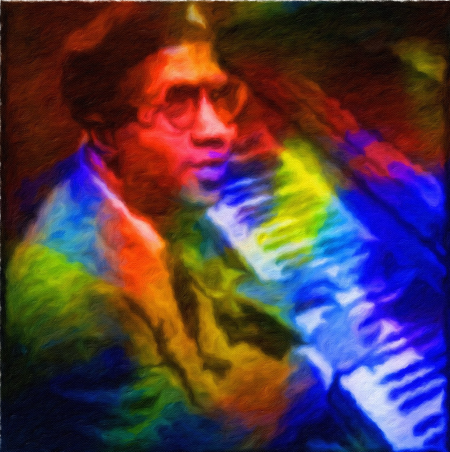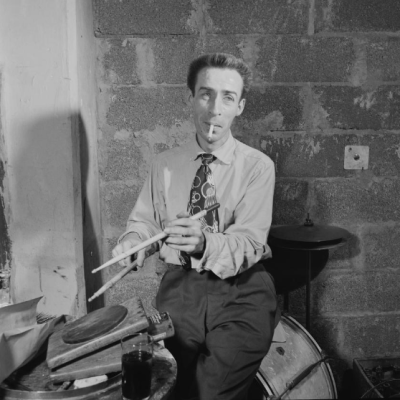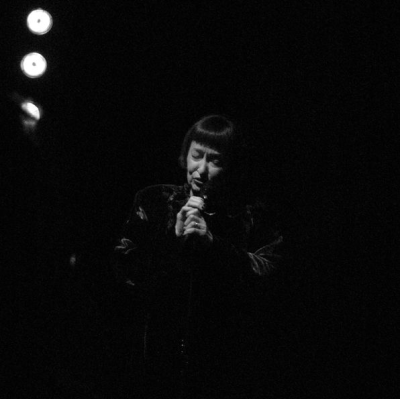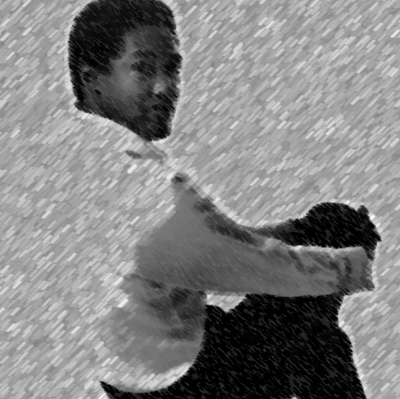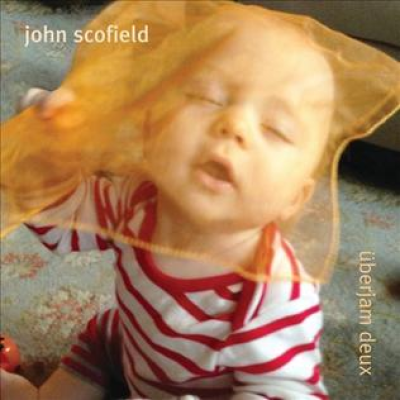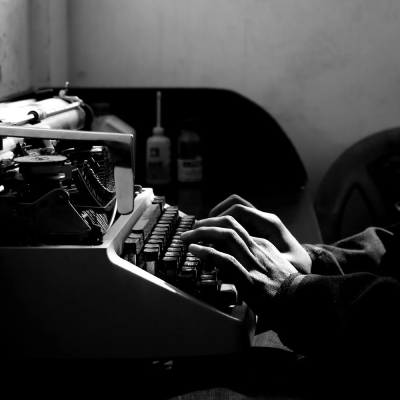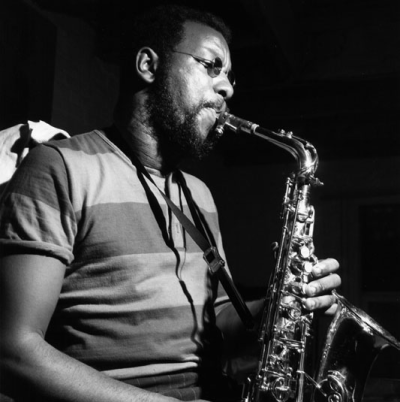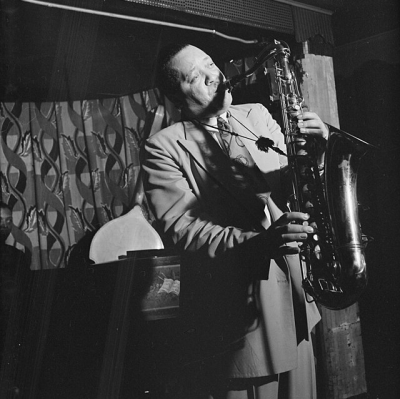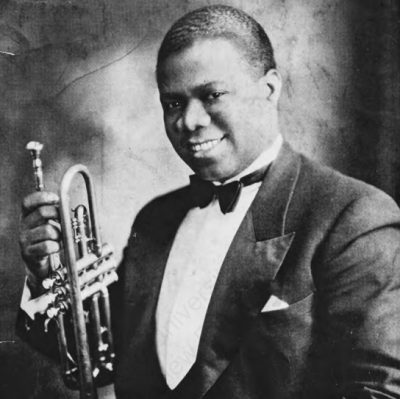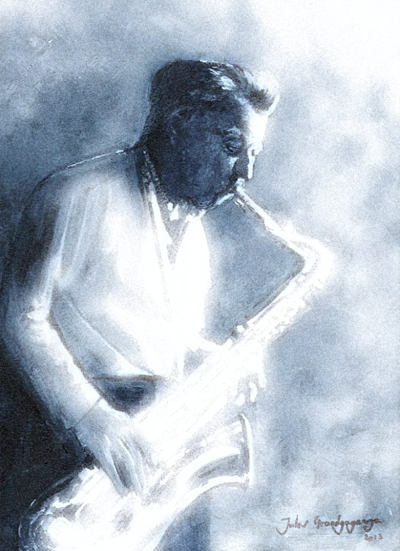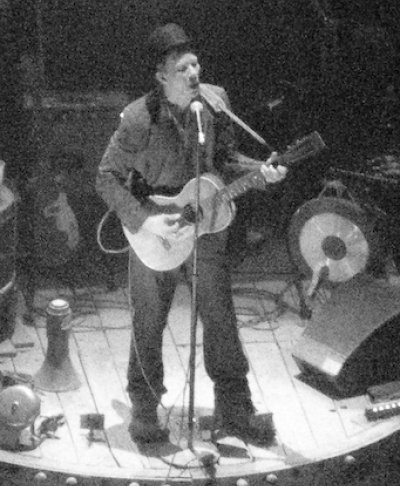.
.
.
The official poster for the Josephine Decker directed film Shirley (Killer Films/Neon), starring Elisabeth Moss as the author Shirley Jackson
.
___
.
Ralph Ellison’s 4-second Appearance in Shirley
by John Kendall Hawkins
.
“Once a bull hit me across the bridge of my nose and I felt like I was coming apart like a cigarette floating in a urinal. They can hit you on the head and bust your shoes.”
– Ralph Ellison, “Hymie’s Bull,” (1938)
.
On the evening of August 1, 1943, after breaking bread and pulling corks, talking folklore, jazz and blues, with New Yorker critic Stanley Hyman and novelist Shirley Jackson in their Queens apartment, up-and-coming writer Ralph Ellison said goodnight to them and took the train home to Harlem. When he emerged at 137th Street, he walked right into a raging race riot. Fires, massive looting, chaos.
It had begun in the lobby of a hotel, when a Black woman “improbably named Polite” got into a violent tiff with a white cop, and, when a Black soldier intervened, the cop shot him. According to Ellison biographer Arnold Rampersad, “Margie Polite ran into the street screaming that a white cop had killed a black man. Harlem exploded.” Five people died, hundreds were injured, 500 were arrested. The scene inspired artwork, Richard Wright’s Notes of a Native Son, and was seared indelibly into Ellison’s consciousness. A day later, Ellison was called on by the New York Post to cover the event. He observed, wrote Rampersad, that “it was the poorer element’s way of blowing off steam.” Other surrealist details of dissociation and mayhem followed.
Hyman and Jackson eventually moved to Bennington, Vermont, where Hyman had landed a position teaching Folklore at the exclusive women’s college there. He quickly became a popular professor (no doubt garnering girly titters as soon he wrote his name on the chalkboard), and hosted many parties at his home. Often while the more taciturn Shirley retired early for the night. Hyman was known for his wit, directness, and honesty. Ellison stayed with the couple for a few months and worked on the story “Flying Home” (Jackson biographer Judy Oppenheimer wrote that Hyman virtually forced Ellison to write the story on the spot) — and the future classic novel of the Black experience in America, Invisible Man. Folklore and music bound Hyman and Ellison together, as well as their common experience of alienation in WASP America (Hyman was Jewish), and Hyman became his trusted pen pal and a valued literary advisor throughout his career.
There’s extraordinary dramatic tension and a guiding truth combusting about in the paragraphs above — clear signs of an intense and productive relationship between powerful personages of letters, Hyman and Ellison, and to a lesser extent Jackson — that would have provided a dynamic beginning to the recently released film, Shirley, the so-called biopic of writer, Shirley Jackson, author of the highly controversial tale, “The Lottery.” The movie might have started with the riot (or the railroad Jew being clubbed by “bulls”), but the film production team, including executive producer Martin Scorsese, director Josephine Decker and writer Sarah Gubbins chose a well-trod path, and it definitely made a difference. But not in a good way.
Instead, they produced a script from a ‘creative non-fiction’(CNF) book with the same title by Susan Scarf Merrell, which gave the viewer an almost farfetched sex scene in the first two minutes of the film. Merrell’s CNF tale means she gave herself the liberty to expand on factually-inspired information regarding Jackson’s time living in Bennington as a faculty wife to Stanley Hyman. The most important poetic license Merrell takes is the installation of a young married fictional couple, Rose and Fred, on their way to Bennington to begin a faculty career and temporarily reside with Stanley and Shirley, while they seek their own apartment. The book is told from the point-of-view of 19 year old Rose (Odessa Young), a pregnant, seemingly naive and ordinary person who comes under the spell of Shirley, who is largely depicted as an intelligent, empathetic woman struggling with her writing.
But Merrell’s tale, apparently with her ka-chinged consent, was wildly reconfigured, and, the Rose that rides on the train with Fred (Logan Lerman) toward Bennington in the film is radically different than the Rose who begins her narration in the book: A nice anticipatory train ride to a New England town becomes, in the film, crude. Rose is seen reading the New Yorker edition (June 1948) that contains Jackson’s “The Lottery,” and we watch as her expression becomes ever more delighted at what she’s reading, odd in itself. She finishes and commences a brief exchange with Fred about her reading:
Rose: They stone her to death.
Fred: Are you reading the Shirley story?
Rose: The whole town — even her own children — they all stoned her.
Fred: That’s creepy.
Rose: That’s terrific. (smiles)
A moment later, Rose wants to get her rocks off after reading the story and is moving her hand to Fred’s inner thigh, until they both head back-train and join the Mile Long Club (D = R*T). In the first minute (or so) of the film?!
Then they get off the train, move through town on foot, pass some boys tossing stones in an alley — one of them wearing an eye patch (which I thought funny) — and then arrive at the Hyman house, in party mode, and pass among others — (spoiler alert!!) Ralph Ellison and his attractive partner. Ellison is shown for 4 seconds. In the whole movie. The first thing I wondered is how the actor playing him, Edward O’Blenis, a breakdancer from the Bronx, would even want the credit he’s given at IMDB. 4 seconds? Then, poof, he’s the invisible man again. 1.5 minutes of humping versus 4 seconds of smile — where do you think the film was going? Sure, psychosexual thriller.
It gets worse. Aside from putting the climax at the beginning of the movie, Merrell went along (presumably) with Gubbins’s plan to amp up Shirley’s psychological profile. What is a somewhat eccentric, occasionally snobby, struggling writer, with four kids, in the book, is turned into a kind of childless monster or psychopath undergoing some kind of disturbed withdrawal — until Rose arrives. In fact, Stan (Michael Stuhlbarg) and Shirley come across as a Michael Haneke-inspired couple who like to play with their guests — either of them ruining a breezy conversation at the table with an intentionally barbed and poisonous take-down comment, just to see the reaction of the target. Elisabeth Moss’s Shirley expression, afterward, looking like an impression of Jodie Comer’s Villanelle (from Killing Eve). Speaking of poetic license. At one point, Shirley enquires of Rose at dinner, in front of unknowing Fred, if she’d told him she was pregnant before wedding him.
Back to Ralph Ellison. Another enhancement opportunity lost. It would have been fantastic to have included a scene at the dinner table, or in the parlor, where Ralph and Shirley compared and contrasted, over buffalo wings and beer, themes and devices of their similar short stories, “The Lottery” and the “King of the Bingo Game.” Both involve forms of scapegoating, entranced communities, and beat-down endings, one involving white small town life and the other a sense that Black Lives Don’t Matter, and both horrifically suggesting depravity at the core of humanity. Though Ellison’s piece was published four years before Jackson’s, such a discussion would have been an excellent use of creative non-fiction in the film. Where was the discussion of folklore in more detail, and the jazz they both loved?
“King of the Bingo Game” is one of my favorite stories. A nameless Black man sits in a darkened cinema worrying about how he can save his little daughter, Laura, who is gravely ill, but he has no money to get a doctor. He sits with others in his community and watches a Perils of Pauline-type film, an attractive, half-naked woman is tied to a bed and awaits the hero to save her. Catcalls are heard. The lights come up and it’s time to play Bingo. The $36.90 jackpot might help save Laura. Our man wins the right to play the game.
He goes up on stage, tells his story — he’s from the South, folks laughing at the naif — is given the controller with a button that whirls a wheel of fortune. The chance to play causes him to undergo some serious changes, but he doesn’t think he’s crazy:
He felt vaguely that his whole life was determined by the bingo wheel; not only that which would happen now that he was at last before it, but all that had gone before, since his birth and his mother’s birth and the birth of his father. It had always been there, even though he had not been aware of it, handing out the unlucky cards and numbers of his days. The feeling persisted, and he started quickly away. I better get down from here before I make a fool of myself, he thought.
He does the opposite. He won’t let go of the moment, the button, and though he wins the Bingo, he’s been beaten unconscious by police by the time the numbers come up.
At a time when we still have riots over the “societal” question of whether Black Lives Matter, Shirley could have been a deeper, richer film, without a lot of extra effort. Consider, that at the time of Ellison’s stay with Shirley and Stanley in Bennington, the exclusive school had such luminaries as W.H. Auden, Erich Fromm, and even Joseph Campbell had been in Bennington in 1944, while his wife attended summer dance classes with Martha Graham at the school. It might have been enriching to have had a highbrow collegial banter at a Hyman barbecue during which they jovially discussed The Anatomy of Human Destructiveness and played, say, Pin the Tail on the Honkey, laughung when Ralph stuck one in a photo Harry Truman’s right buttock. That, too, would have been a fine use of CNF.
Hyman had arranged for Ellison to give a lecture on literature to the Bennington community. At the minimum, a scene might have been included that showed the well-received speech. It’s actual contents appear to be lost, but correspondence Ellison had with Bennington laid out an agenda for his lecture delivered in 1945. In a letter, Ellison told Bennington what to expect:
The title of my talk… will be ‘American Negro Writing: A Problem of Identity’. As background material I suggest a familiarity with Gunnar Myrdal’s ‘An America Dilemma’, the works of Richard Wright — especially Black Boy — and any other Negro such as are available in the Negro Caravan. The broader conceptual framework will be drawn from the works of Kenneth Burke and Erich Fromm.
Or the film producers might have opted for Ellison’s return in 1974, a standing-room only affair, during which he delivered the Stanley Edgar Hyman lecture, which included an excerpt from his second novel (never completed in his lifetime), Juneteenth. lecture and reading from his novel can be heard here.
But more importantly, getting back to Invisible Man, it opens with Ellison stating the Prologue, “I am invisible, understand, simply because people refuse to see me.” Again, 4 seconds? Further, the Harlem riot inspired Invisible Man, and the novel ends with a race riot and the protagonist being forced to take refuge down a manhole, suppressed, and locked into world sewerage and rats and broken glass. What’s new for the Black Man in the Mighty Whitey world?
All we really get is Stanley Hyman as, according to Rose, a potential monster who may have enabled the disappearance of a Welden girl. In real life, Hyman was a known philanderer who slept with many of his students, according to Ruth Franklin, Shirley’s biographer. Rather than masking him a fake monster, why not, in this age of #MeToo, have played up his actual activities. If it’s good enough to show Harvey Weinstein going through his career with a casting couch on his back, why not show the masks the Folklore instructor wore. Again, great CNF. But Decker and Merrell choose to go with a phony Stanley affair with elderly-ing librarian. I don’t think so.
Hyman had great admiration for Ellison’s work. In “Ralph Ellison in Our Time,” from them John Hersey edited, Ralph Ellison: A Collection of Critical Essays, the literary critic wrote:
In his insight into the complexity of American experience, Ralph Ellison is the profoundest cultural critic that we have, and his hard doctrine of freedom, responsibility, and fraternity is a wisdom rare in our time. [p.39]
But if you prefer a quickie, don’t let Ellison ruin your train of thought.
The bluesy soundtrack, which begins around the time of Rose’s orgasm on the train, wasn’t bad though.
.
.
.
.
Click here to visit the Wikipedia page for the film Shirley
.
A film version of Ralph Ellison’s story “King of the Bingo Game” can be found here.
.
.
___
.
.

John Kendall Hawkins is an American freelance writer currently residing in Australia. His poetry, commentary and reviews have appeared in publications in Oceania, Europe, and the US. He is a regular contributor to Counterpunch magazine. He is a former winner of the Academy of American Poets prize. He’s working on a novel.
.
.
.




